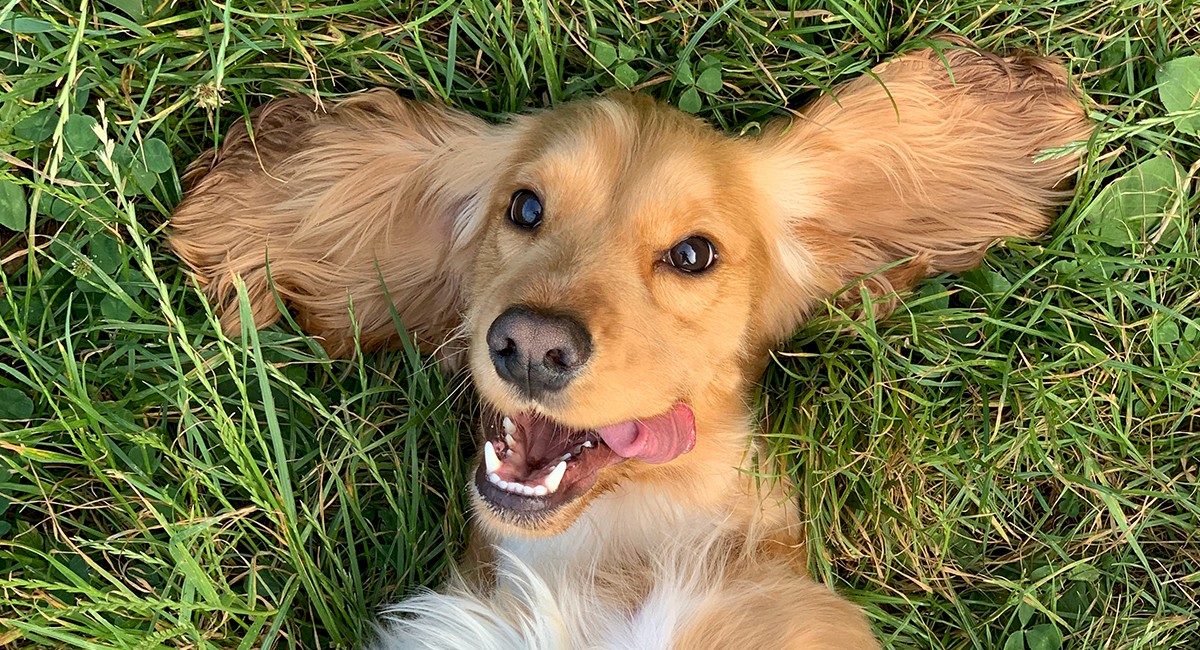
Engaging with Media: Sit, Stay, and Don't Bite
It’s a familiar story. You just look for fun - but next thing you know you have a new furry family member joining your household. It’s happened to so many of us who get sucked in by that cute, fuzzy face.
This scenario became my reality when our family fell in love with an 11-week-old Mini Australian Shepherd. Those sweet eyes and fun-loving personality were just too hard to walk away from…but then puppyhood takes hold!
After a deluge of accidents, chewed shoes, and sleepless nights we decided, puppy training needed to happen right then.
I realized as we were going through the informative training class with our pup Wrigley, that media training is not dissimilar to the experience of training a dog. Yes, we are a bit more advanced than the average four-legged friend, but the key concepts are the same.
1. It’s all Fun and Games Until You Get Bit
You might think you are a media master after a few positive interactions with reporters. You may even have developed a few good relationships. You joke around, over share information and often go off the record with the reporter. But when a crisis strikes, you may get “bit” by those who have given you positive coverage in the past.
So many organizations think planning for a crisis is a nice idea but may not necessarily be for them. This is a recipe for a crisis to get out of control.
Working with an experienced team such as Inspire PR’s crisis communications team is a great way to determine the high-likelihood and high-impact scenarios that put you at risk. Developing a robust plan of action is a valuable way to ensure you are ready to respond and avoid a bite you may not be able to recover from.
2. Repetition is Everything
Whether you are teaching a dog how to sit or preparing for a media interview, repetition is the key to success. We always tell clients to know your talking points well and practice, practice, practice.
It will take numerous interviews before you truly feel at ease delivering your message effectively. It’s far too easy for the mind to go blank when the TV camera light comes on.
Think about the questions you may get asked and how you want to respond. Practice in front of the mirror and be sure to watch your interview back to critique your performance. It is only through practice and repetition that your media interview skills will improve.
3. Stay on Message
Just as using consistent words will help train your pup (ie. “go to your house” “go potty” “lay down”), the same principle applies when you talk about your company or organization. Use the same phrases over and over with everyone you talk to (ex. your family, your colleagues, your stakeholders, customers, the media, etc.)
The more they hear these key phrases as they relate to your company/organization, the more they will link them together in their minds. You may even hear these phrases repeated back to you at some point – further proving that consistent and relentless messaging works.
After all, we typically need to hear something seven times before it really sinks in. Identify those key phrases and start using them often.
4. Your Energy Matters
Dogs pick up and feed off your energy. They can tell when you resent them or when you are scared. Or perhaps you don’t exhibit the confidence needed to get the result you are after.
The media operates the same way. If you aren’t prepared and confident with your responses, the interview will not go well for you.
In addition, be sure to always show your passion and personality when talking to the media. If you don’t care about what you are saying, how do you expect the people at home to care?
Be engaging. Smile if it is a happy story. Be reserved and somber if it is a serious matter. The energy you convey is critically important to the success of the media interaction.
